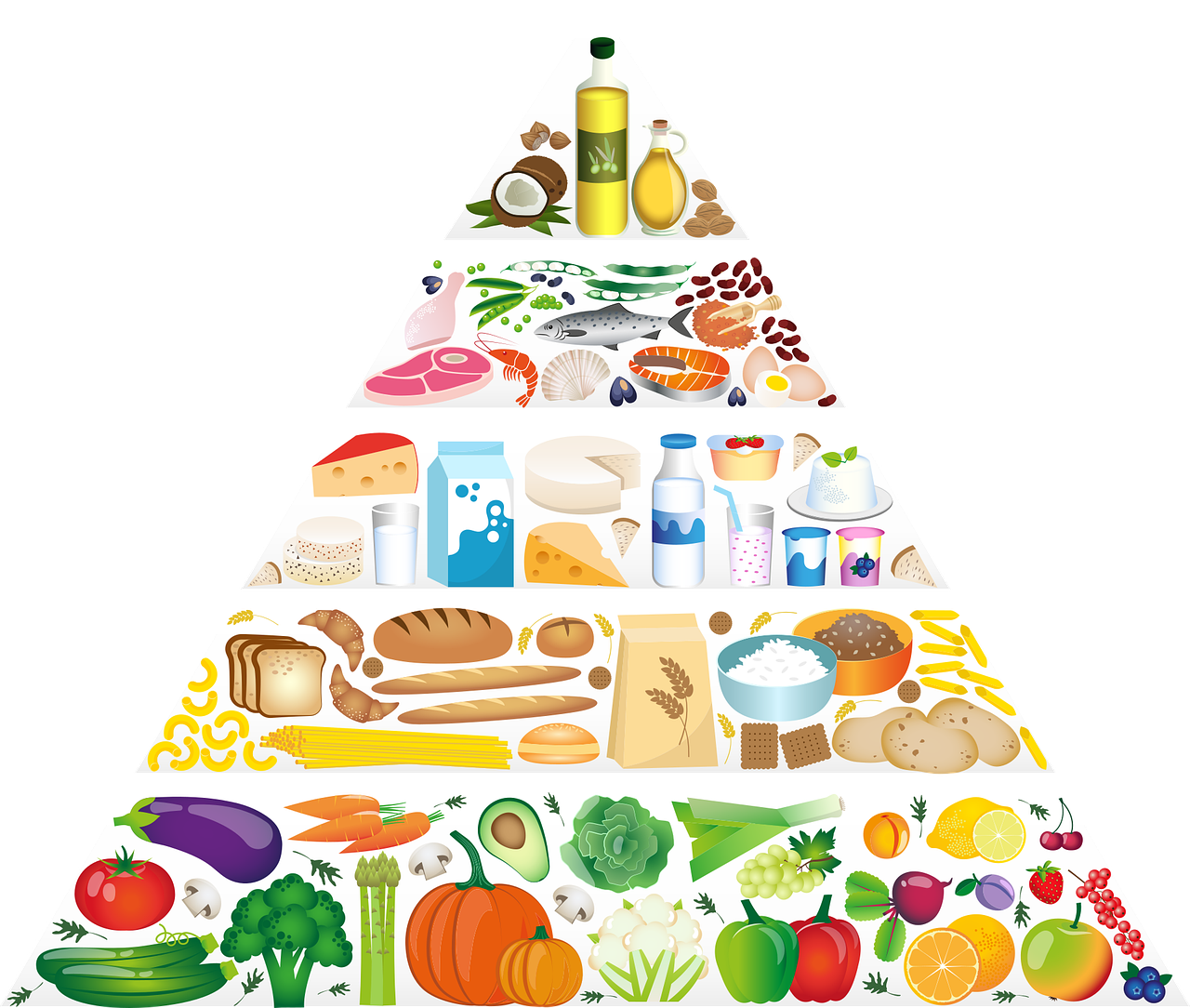Início A utilização das dietas hiperproteicas
Nutrição

A utilização das dietas hiperproteicas
Resumo:
Hyperproteic diets are characterized by high consumption of proteins in relation to other nutrients. These diets have been popular, particularly among exercisers and people who want to lose weight. The main goal is to increase protein intake to promote satiety, preserve muscle mass and encourage fat burning. This work It is a bibliographical research with the objective of describing and discussing the use of high protein diets, from the contextual point of view. After reviewing the literature and analyzing the data, it is possible to conclude that they offer potential health benefits. Studies demonstrate that a high-protein diet can lead to improved body composition, increased muscle mass and body weight control. However, it is important to emphasize the possible risks and precautions associated with these diets, such as renal overload, nutritional deficiencies and impact on the cardiovascular system.
Keywords: Physical activity, nutritional balance, high-protein diets, proteins, Fat Burning, muscle mass.
Expandir Resumo
Acessar Texto Completo

A nutrição como medida preventiva para o câncer
Resumo:
Introduction: This study aims to demonstrate the efficacy of nutrition to prevent neoplasia. Review: Integrative literature review using the Lilacs, Google Scholar, BVS and Scielo databases for searching papers published in the last 5 years. Discussion: After analysis of 15 articles it was observed that alimentation has a great influence on the appearance and prevention of neoplasias. Final considerations: the present study demonstrated that inadequate diet plays an important role in the appearance of certain types of cancers, and adequate diet may help to prevent it.
Keywords: prevention, cancer, nutrition.
Expandir Resumo
Acessar Texto Completo

Práticas alimentares propostas pelo Guia Alimentar para a População Brasileira (2014): cenário após seis anos de seu lançamento
Resumo:
Introduction: The global overweight syndemia demands the institution of public policies and intersectoral actions that affects the health determinatives. The Dietary Guideline for the Brazilian Population (DGBP), published at 2014, constitutes an essencial tool and delivers a holistic approach regarding alimentation, dialoguing with cultural, social, economic and environmental facets whilst introducing the NOVA food classification. The objective of this study was to assess the food consumption by Brazilian individuals under the enlightenment of the NOVA food classification in accordance with the DGBP. Review: An integrative review of studies, using the descriptors ‘Guia Alimentar’ and the terms ‘Food Guide’ AND ‘Brazil’ for English searches. The descriptor ‘Guia Alimentar’ and the filter ‘Brasil’ were used on SciELO database, prioritizing researches done in national territory. On LILACS database, the descriptor ‘Guia Alimentar’ and the publication interval filter, comprehending a period of five years (2015-2020), were used. On Cambridge Core database the descriptors ‘Food Guide’ AND ‘Brazil’ and the filters: type of content, publication date and subject limitation were used. After the adoption of the eligibility criteria, eight studies were selected. Discussion: It was observed a suboptimal adequacy of the dietary practices endorsed by DGBP, with the high consumption of ultra-processed aliments to the detriment of the natural ones. The variables socioeconomic class, family income, demographics, scholarship level, gender and age range, have a direct relation with the adoption of healthier and most suitable dietary practices. The food consumption of the Brazilian population is at odds with the dietary recomendations proposed by the DGBP through NOVA food classification. Final considerations: The disassemble and the underfunding of public dietary and nutrition policies may complicate the dissemination of the Guide’s messages, diminishing the potential of the Dietary and Nutritional Education actions particularly in the Primary Health Care.
Keywords: dietary guideline, Brazil.
Expandir Resumo
Acessar Texto Completo


